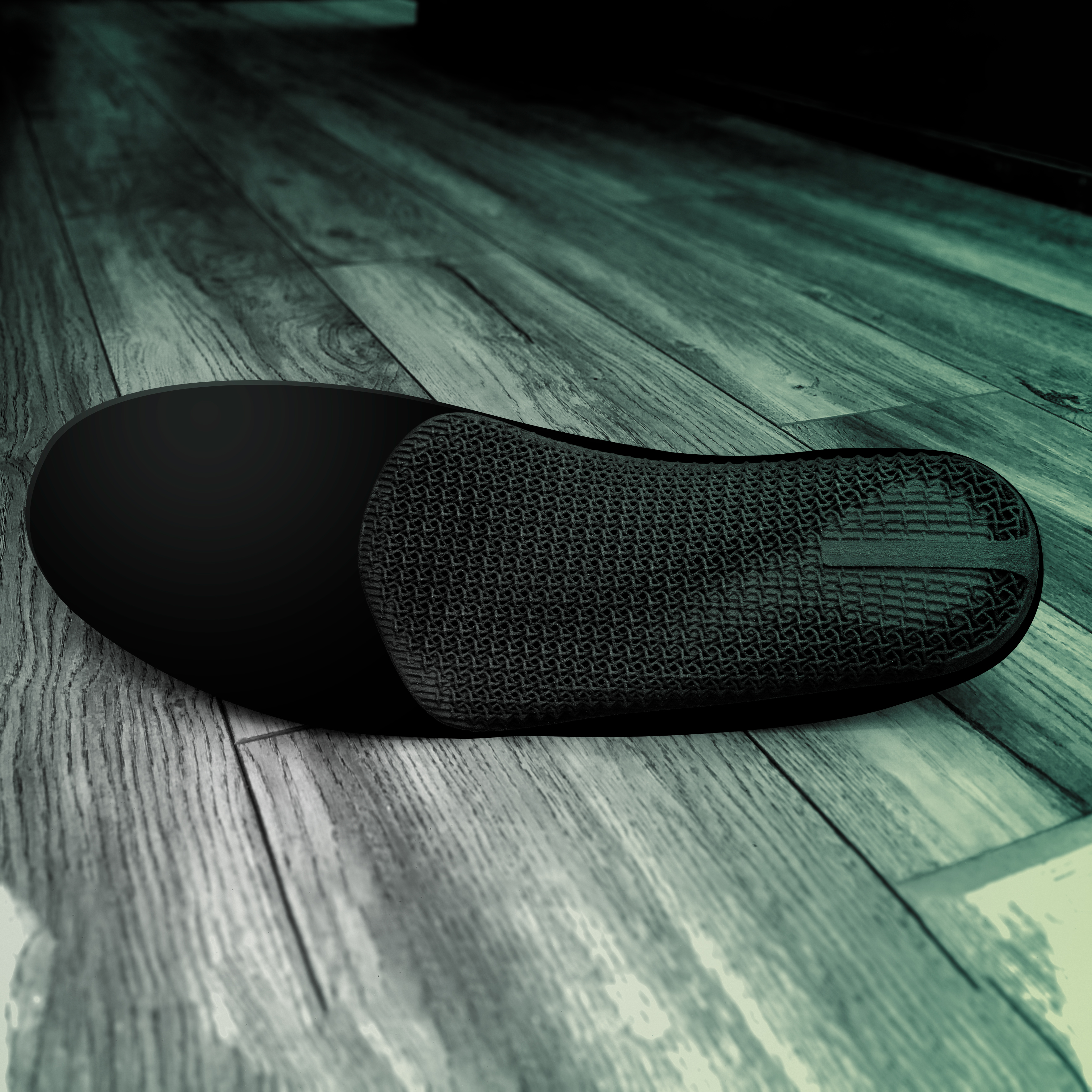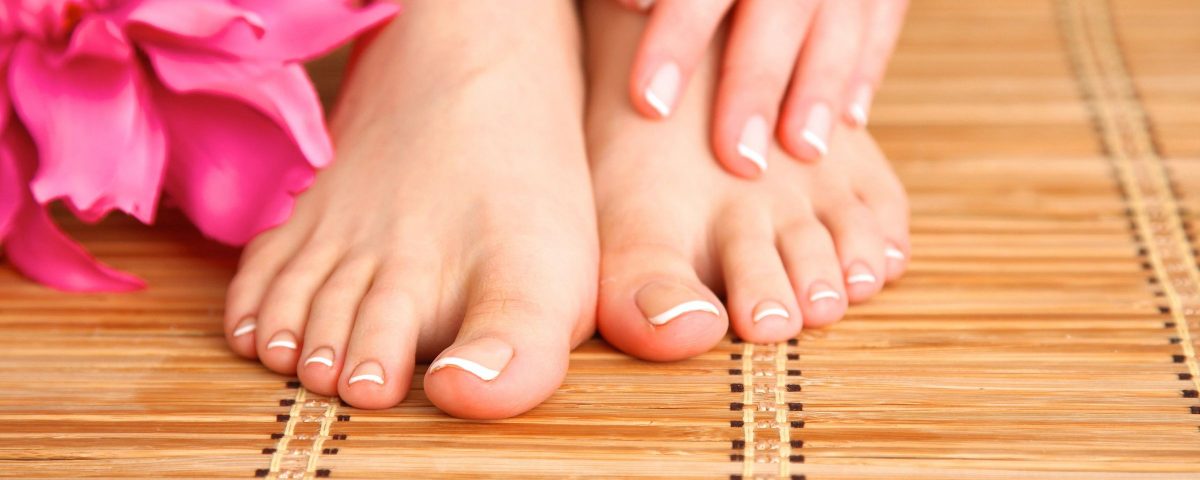
Pediatric Flatfoot
February 12, 2019
Custom Orthotic
March 3, 2019What is an ingrown toenail?
An ingrown toenail occurs when there is irregular nail plate growth. The nail plate is the hard part of the nail that we see. The nail plate is formed from cells in the nail matrix. The matrix is at the base of the nail, under the skin. When the matrix is damaged, the nail plate can start growing into the skin and an ingrown nail develops.
What are the symptoms associated with an ingrown toenail?
An ingrown toenail can be very painful. There will be redness and swelling around the ingrown nail. If the ingrown toenail is not treated, an infection can occur. This can result in pus draining from the nail.
What causes an ingrown toenail?
Tight fitting shoes or micro trauma to the nail can cause an ingrown toenail to occur. Sometimes pedicures can cause ingrown toenails. Pointe shoes and tight cleats seem to be the main culprits of ingrown toenails in the pediatric athlete population.
How do you treat an ingrown toenail?
We encourage patients to avoid bathroom surgery, as this only leads to recurrence of the ingrown nail and possible infection.
If you suspect an ingrown toenail, avoid tight fitting shoes. Monitor for signs of infection: redness, swelling, warmth, pus, etc. Avoid trying to remove the nail yourself (aka bathroom surgery). Most home treatment regimes for ingrown nails don’t address the nail matrix. As a result, patients who self treat their ingrown nails tend to develop recurrence.
What are my treatment options for an ingrown toenail?
We offer partial and complete nail removal options. We use a local anesthetic to numb the toe prior to the procedure (this is the most painful part of the procedure). The ingrown nail removal procedure itself is painless and takes about 10 minutes.
During your initial consult, you will have the option to have your ingrown nail permanently removed. Permanent removal of the nail involves the application of a chemical, sodium hydroxide, to the nail matrix. This chemical prevents this area of the nail from becoming ingrown again. You will also be given the option to have the nail, or nail border removed without sodium hydroxide application. Although, this can serve as a good option in some cases, the likelihood of the nail become ingrown again is high.
All ingrown nail treatment options will be discussed with you at the time of your consult



